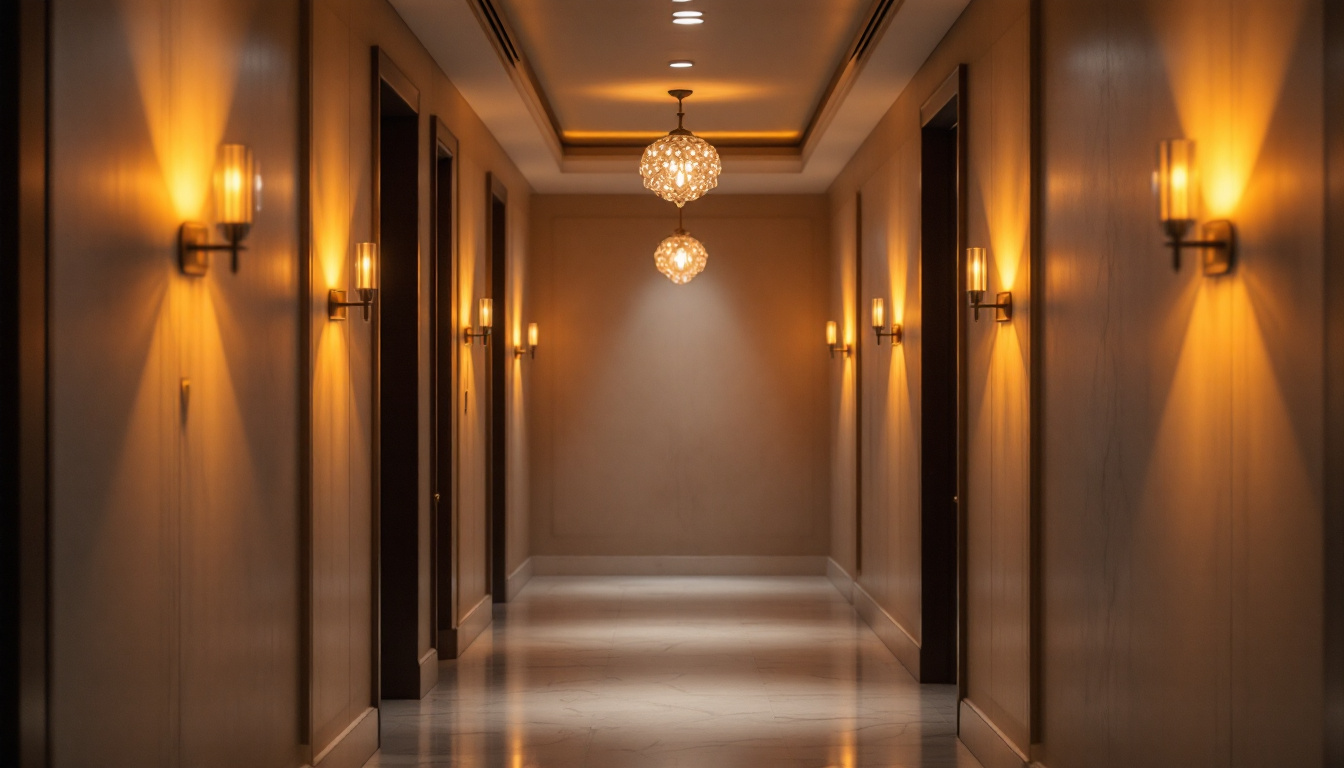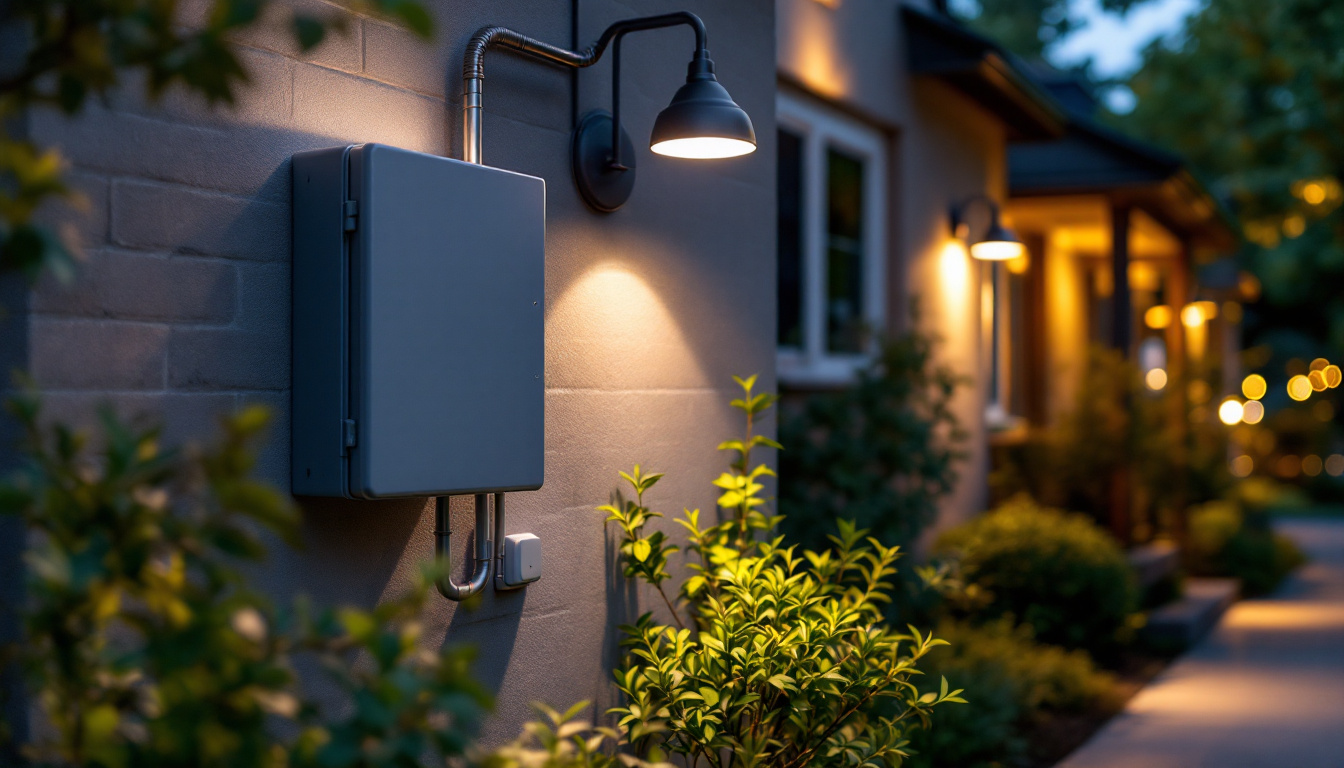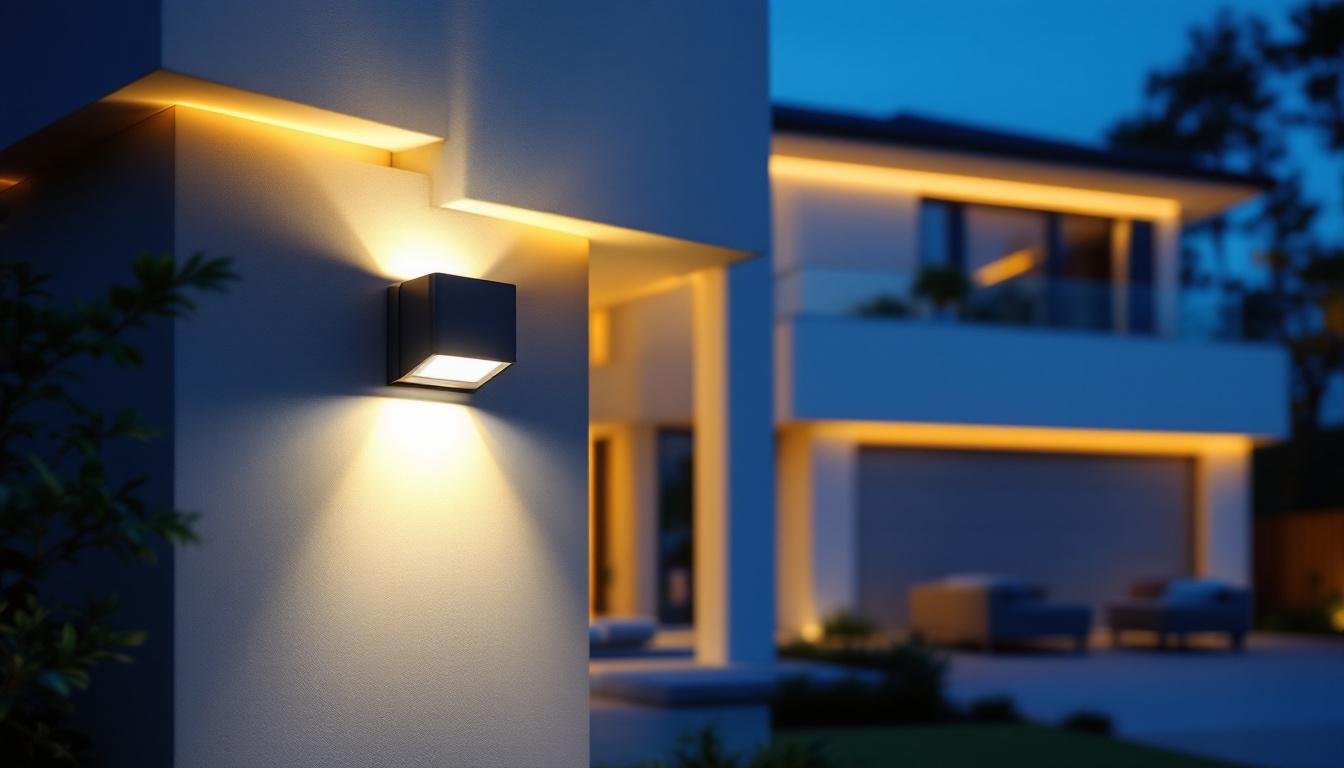
Lighting is a crucial element in any architectural design, especially in hallways where the right fixtures can enhance both functionality and aesthetics. For lighting contractors, understanding the various types of hall light fixtures, their applications, and installation techniques is essential for delivering quality results to clients. This article explores everything you need to know about hall light fixtures, from types and styles to installation tips and maintenance.
When it comes to hall lighting, there are several types of fixtures to consider. Each type serves a different purpose and can dramatically change the ambiance of a space.
Flush Mount Fixtures are one of the most common types used in hallways. These fixtures are mounted directly against the ceiling, making them ideal for spaces with low ceilings. They provide a clean, unobtrusive look while delivering ample illumination.
Available in various styles and finishes, flush mount fixtures can complement a wide range of interior designs. From sleek modern designs to ornate traditional styles, there is a flush mount option to suit every aesthetic preference. Additionally, they often come with energy-efficient LED options, making them a practical choice for energy-conscious clients. Many flush mount fixtures also incorporate smart technology, allowing homeowners to control the lighting remotely or set schedules for when the lights should turn on or off, enhancing both convenience and energy efficiency.
Pendant Lights can add a touch of elegance and sophistication to hallways. Hanging from the ceiling, these fixtures come in various lengths and styles, allowing for creative arrangements that can serve as focal points in the space.
When selecting pendant lights for a hallway, it’s essential to consider the height of the ceiling and the overall design scheme. For instance, a series of small pendant lights can create a dramatic effect, while a single oversized pendant can make a bold statement. Proper placement is crucial to ensure that the light is both functional and visually appealing. Furthermore, pendant lights can be customized with different shades and colors, allowing homeowners to match them with other decor elements in the hallway, such as artwork or furniture, creating a cohesive look that enhances the overall design.
Wall Sconces are another versatile option for hallway lighting. These fixtures are mounted on the wall and can provide both ambient and accent lighting. They are particularly effective in narrow hallways where ceiling space is limited.
Choosing the right wall sconces can enhance the overall atmosphere of the hallway. For example, upward-facing sconces can create a warm glow, while downward-facing options can provide focused task lighting. When installing sconces, it’s important to consider their height and spacing to ensure even illumination throughout the corridor. Additionally, wall sconces can be paired with dimmer switches to allow for adjustable lighting levels, making it easy to set the mood for different occasions. Decorative sconces featuring intricate designs or unique materials can also serve as art pieces themselves, adding character and charm to the hallway while fulfilling their functional role.
Style is a critical factor when selecting hall light fixtures. The right style not only enhances the aesthetic appeal but also complements the overall design of the space.
Modern hall light fixtures often feature clean lines, minimalistic designs, and innovative materials. These fixtures can include geometric shapes and sleek finishes, such as brushed nickel or matte black. Modern lighting is perfect for contemporary homes, providing a sophisticated look that aligns with current design trends.
Incorporating smart lighting technology into modern fixtures can also enhance functionality. Smart lights allow for remote control and customization of brightness and color, adding an extra layer of convenience for homeowners.
For those who prefer a more classic look, traditional hall light fixtures often incorporate ornate designs, intricate details, and warm finishes like antique brass or bronze. These fixtures can evoke a sense of nostalgia and charm, making them ideal for period homes or those aiming for a timeless aesthetic.
When selecting traditional fixtures, consider the architectural details of the hallway. Choosing fixtures that echo the style of the home can create a cohesive look that enhances the overall design.
Transitional lighting blends elements of both modern and traditional styles, making it a versatile choice for various design schemes. These fixtures often feature simple lines with subtle decorative elements, allowing them to fit seamlessly into different environments.
Transitional fixtures are ideal for homeowners who appreciate both contemporary and classic aesthetics. They can easily adapt to changing design preferences, making them a smart investment for any hallway.
Proper installation is crucial for ensuring that hall light fixtures function effectively and safely. Here are some essential tips for lighting contractors to consider during the installation process.
Before installation, it is vital to assess the hallway’s dimensions, ceiling height, and existing electrical wiring. This evaluation will help determine the appropriate type and number of fixtures needed to achieve optimal lighting.
Consider the purpose of the hallway as well. For example, a busy corridor may require brighter lighting, while a more decorative space may benefit from softer, ambient lighting. Understanding the space’s needs will guide fixture selection and placement.
When installing hall light fixtures, ensure that the wiring is up to code and capable of supporting the new fixtures. This may involve upgrading existing wiring or adding new circuits, depending on the fixture’s power requirements.
Always turn off the power at the circuit breaker before beginning any electrical work. Use a voltage tester to confirm that the wires are not live, ensuring a safe installation process.
Placement of hall light fixtures is crucial for achieving even illumination. For flush mount fixtures, they should be spaced evenly along the hallway to avoid dark spots. A general rule of thumb is to place fixtures approximately 8 to 10 feet apart, depending on the fixture’s brightness and the hallway’s width.
For pendant lights, consider the height at which they will hang. They should be positioned at a height that allows for easy passage without obstructing views. Wall sconces should be mounted at eye level, typically around 60 to 66 inches from the floor, to provide the best lighting effect.
Regular maintenance of hall light fixtures is essential to ensure their longevity and performance. Here are some key maintenance tips for lighting contractors and homeowners alike.
Dust and grime can accumulate on light fixtures over time, diminishing their brightness and overall appearance. Regular cleaning is necessary to keep fixtures looking their best. Use a soft, dry cloth to wipe down fixtures, and avoid using harsh chemicals that could damage the finish.
For fixtures with glass components, such as pendant lights or flush mounts, ensure that the glass is cleaned regularly to maintain clarity and brightness. A gentle glass cleaner can be used, but make sure to follow the manufacturer’s recommendations for cleaning materials.
Replacing bulbs promptly is essential for maintaining adequate lighting levels in hallways. When selecting replacement bulbs, consider the fixture’s specifications and the desired brightness. LED bulbs are often recommended for their energy efficiency and longevity, making them a cost-effective choice for homeowners.
When replacing bulbs, always turn off the power to the fixture and allow bulbs to cool before handling. This practice ensures safety and prevents burns from hot bulbs.
Conducting regular inspections of hall light fixtures can help identify potential issues before they become significant problems. Check for signs of wear, such as frayed wires, flickering lights, or loose connections. Addressing these issues promptly can prevent safety hazards and ensure that the lighting remains functional.
In addition to visual inspections, consider scheduling professional maintenance every few years. A qualified electrician can assess the overall condition of the lighting system and perform any necessary repairs or upgrades.
With increasing awareness of environmental sustainability, energy efficiency has become a significant consideration in lighting design. Choosing energy-efficient hall light fixtures can benefit both homeowners and the environment.
LED lighting has revolutionized the way hallways are illuminated. These bulbs consume significantly less energy than traditional incandescent bulbs while providing the same or greater brightness. Additionally, LED bulbs have a longer lifespan, reducing the frequency of replacements.
Incorporating LED fixtures into hallway designs not only lowers energy costs but also minimizes the environmental impact. Many manufacturers now offer LED options in various styles, making it easier to find suitable fixtures for any design scheme.
Smart lighting technology is another way to enhance energy efficiency in hallways. Smart bulbs and fixtures can be controlled remotely, allowing homeowners to adjust brightness levels or set schedules for when lights turn on and off.
Integrating smart lighting into hallway designs can lead to significant energy savings. For example, motion sensors can automatically turn on lights when someone enters the hallway and turn them off when the space is unoccupied. This technology not only saves energy but also adds convenience for homeowners.
Hall light fixtures play a vital role in enhancing the functionality and aesthetics of hallways. By understanding the various types of fixtures available, selecting the right styles, and following proper installation and maintenance practices, lighting contractors can ensure that their clients enjoy beautifully lit and safe hallways.
As energy efficiency becomes increasingly important, incorporating LED and smart lighting solutions can provide additional benefits for homeowners. By staying informed about the latest trends and technologies in lighting, contractors can offer valuable insights and solutions to their clients, ultimately leading to successful projects and satisfied customers.
Ready to elevate your lighting projects with superior hall light fixtures? Look no further than LumenWholesale for the best value in wholesale lighting. Our extensive selection of spec-grade lighting products ensures you have access to high-quality, reliable options that meet the highest industry standards. With unbeatable wholesale prices and the convenience of free shipping on bulk orders, LumenWholesale is your go-to source for cost-effective lighting solutions that don’t compromise on quality or performance. Transform your hallways and delight your clients by choosing LumenWholesale today.

Discover the essential guide to light bulb base measurements that every lighting contractor should master.

Discover how an exterior electrical box can revolutionize your lighting projects by boosting efficiency and safety.

Discover essential tips for using dimmer switches in your lighting projects and learn how to sidestep common pitfalls.

Discover how motion lights are revolutionizing home lighting design and installation.